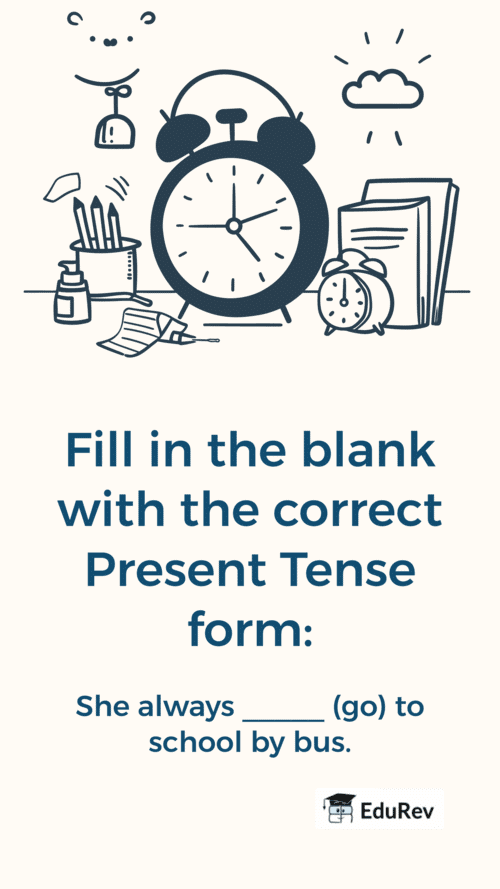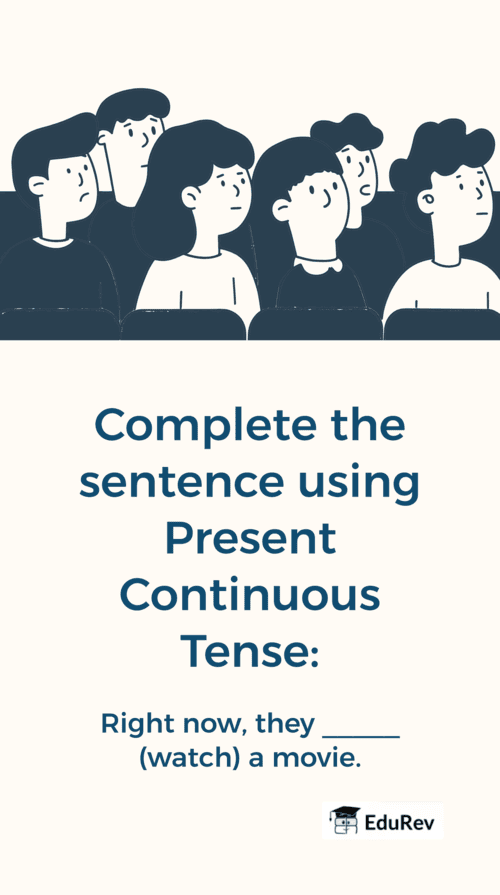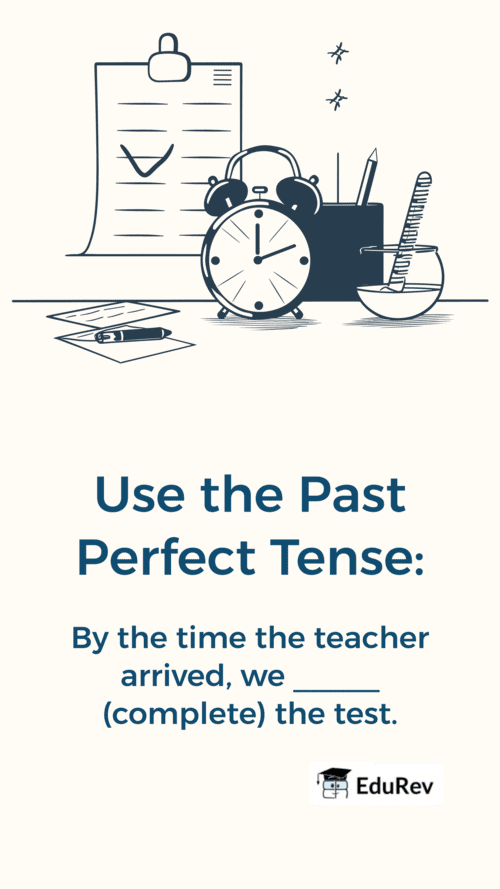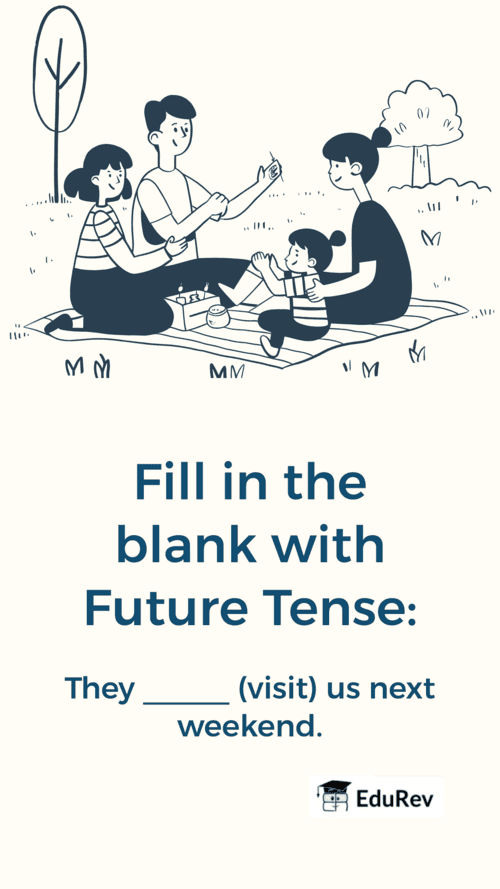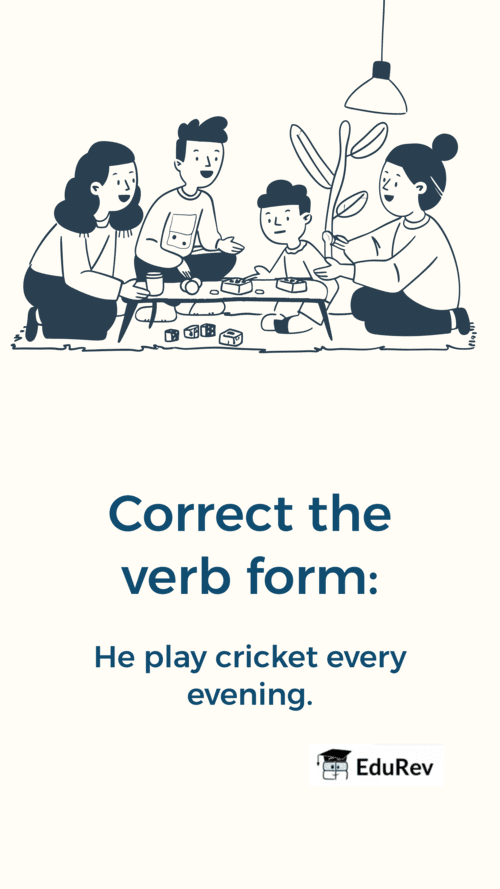 Unlock all Flashcards with EduRev Infinity Plan Starting from @ ₹99 only
|
CUET Exam > English Language Preparation for CUET UG > Flashcards: Tenses
|
89 videos|89 docs|92 tests
|
FAQs on Flashcards: Tenses Flashcard - English Language Preparation for CUET UG
| 1. What are the different types of tenses in English? |  |
Ans. In English, there are three main types of tenses: past, present, and future. Each of these categories can be further divided into simple, continuous (progressive), perfect, and perfect continuous tenses. For example, the present simple tense indicates a habitual action (e.g., "I eat"), while the present continuous tense shows an ongoing action (e.g., "I am eating"). The perfect tenses express actions that are completed relative to another time (e.g., "I have eaten"), and the perfect continuous tenses emphasize the duration of an action (e.g., "I have been eating").
| 2. How do you form the present perfect tense? |  |
Ans. The present perfect tense is formed using the auxiliary verb "have" or "has" followed by the past participle of the main verb. For example, "I have finished my homework" uses "have" with the past participle "finished." If the subject is he, she, or it, "has" is used instead (e.g., "She has visited Paris"). This tense indicates an action that occurred at an unspecified time in the past and is relevant to the present.
| 3. When should I use the past continuous tense? |  |
Ans. The past continuous tense is used to describe actions that were ongoing at a specific time in the past. It is formed using "was" or "were" with the verb ending in -ing (e.g., "I was studying"). It can also indicate an action that was interrupted by another action in the past (e.g., "I was watching TV when the phone rang"). This tense helps to set the scene in storytelling by providing background information.
| 4. What is the difference between the simple past and the present perfect tense? |  |
Ans. The simple past tense describes actions that were completed at a specific time in the past (e.g., "I visited London last year"), while the present perfect tense connects past actions to the present without specifying when they occurred (e.g., "I have visited London"). The simple past focuses on the completion of the action, while the present perfect emphasizes the relevance of the past action to the present moment.
| 5. Can you give examples of future perfect tense? |  |
Ans. The future perfect tense is formed with "will have" followed by the past participle of the verb. For example, "By next year, I will have graduated." This tense indicates that an action will be completed before a specified future time or event. Another example is "They will have finished the project by Friday," which shows that the completion of the project is expected before Friday arrives.
Related Searches




